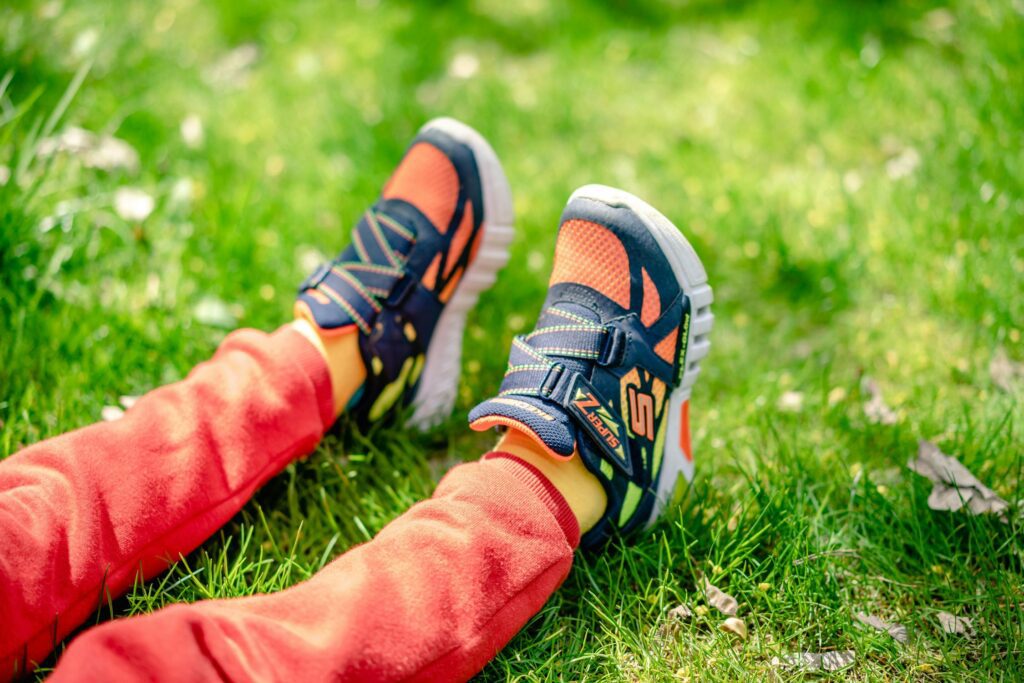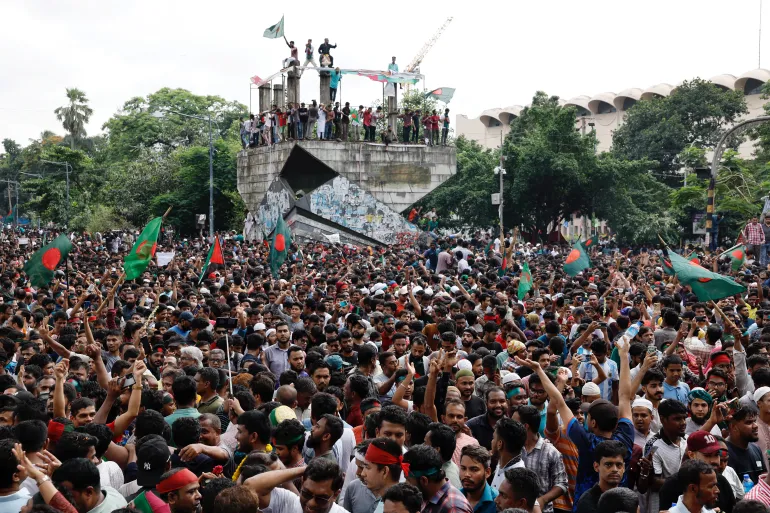Lee Miller: The Model-Turned-War Photographer Who Documented the Horrors of World War II….
Table of Contents
In the conclusion of the Lee film, it is disclosed that the young interviewer is Anthony Penrose, the son of Lee Miller, who envisions a dialogue with his deceased mother. Following her passing in 1977, Anthony uncovers her concealed war photography and chronicles her life’s achievements, which she had never explicitly communicated to him.
Lee Miller Movie Highlights
- Kate Winslet stars as Lee Miller, a war photographer in Lee.
- Lee Miller transitioned from modeling to documenting WWII.
- She photographed women in war, focusing on their struggles.
- Lee witnessed the horrors of Nazi concentration camps and captured them through her lens.
- The film’s ending reveals an imagined interview with her son, Anthony Penrose.
- Anthony discovered his mother’s war photography only after she died in 1977.
Kate Winslet delivers a remarkable performance as Lee Miller in the film “Lee,” which chronicles the remarkable journey of a model who became a war photographer during World War II.
The narrative unfolds across two distinct periods: 1945, when Lee navigates the ravaged landscapes of Europe, and 1977, when she reflects on her past as an elderly woman.
The film opens with a striking scene of Lee capturing an image of a soldier’s boot in a besieged European city, abruptly interrupted by a violent explosion.
This moment effectively establishes the perilous environment she encountered as a war photographer, documenting unfiltered realities amid chaos.
In 1977, an older Lee is depicted in her English home, participating in an interview with a young man. She expresses her reluctance, deeming interviews as a “gentler form of interrogation.”
The interviewer begins by insinuating that Lee pursued fame, a notion she vehemently rejects. Through their dialogue, the film gradually unveils the extraordinary aspects of Lee’s life, characterized by courage, fervor, and profound trauma..
Lee’s Journey from Model to War Photographer
In recollections from 1938, Lee reflects on her time in Paris, where she interacted with various artists, including the renowned Man Ray. As Adolf Hitler’s influence expanded, she encountered Englishman Roland Penrose, leading to the commencement of their romantic relationship.
With the intensification of the war, Lee relocated to London alongside Roland, shifting her focus to photography as her status as a model diminished. Vogue magazine in London, where she was employed, aimed to transition its emphasis from fashion to narratives surrounding the war. Lee’s enthusiasm for capturing the realities of war intensified, yet she encountered obstacles—British regulations barred women from accessing the front lines.
Undeterred, Lee returned to the United States and subsequently found a pathway back to Europe through Vogue USA, which permitted her to report on the war. Her career as a war photographer thrived as she concentrated on the experiences of women amidst the conflict.
Lee’s Early Experiences as a War Photographer
Initially, Lee focused on capturing life during wartime in London, particularly highlighting the contributions of women in the British Auxiliary Territorial Service (ATS), the army’s female division.
She documented women operating searchlights to locate German bombers and recorded everyday scenes, such as women’s underwear drying after a quick wash, which underscored the difficult conditions they faced.
Nevertheless, sexism posed a persistent obstacle. Male peers, including the esteemed photographer Cecil Beaton, often expressed contempt for their female counterparts in journalism.
While British generals occasionally limited access due to concerns, many of the challenges Lee encountered stemmed from prevailing sexist attitudes.
Despite these adversities, Lee remained resolute in her mission to document the war, ultimately covering the liberation of Paris.
However, even after Paris was liberated from Nazi control, Lee was acutely aware that the war’s brutality continued in other regions of Europe.
Kate Winslet fought for eight arduous years to bring to life the biopic of American war photographer Lee Miller, which finally premiered in the UK this week. The Lee in question is Elizabeth “Lee” Miller, an American-born figure whose extraordinary and vibrant life has often eclipsed her achievements in photography.
Miller was not only a leading fashion model for prestigious magazines such as Vogue, Harper’s Bazaar, and Vanity Fair, but she was also a significant female surrealist photographer and a brave war correspondent who documented the horrors of World War II.
Born in 1907 in Poughkeepsie, a small industrial town located 90 miles north of New York City, Lee Miller was the daughter of Theodore, an engineer, inventor, and amateur photographer who nurtured her passion for photography by gifting her a Kodak Box Brownie camera when she was just ten years old.
Lee’s Shocking Revelation: Nazi Concentration Camps
During her assignment, Lee collaborated with photojournalist David E. Scherman from Life magazine. Their frequent joint efforts led them to confront one of the war’s most tragic episodes—the Nazi concentration camps.
As they investigated reports of missing individuals and Nazi crimes, Lee and David were granted access to a camp shortly after its liberation.
The scenes they encountered were profoundly disturbing—mounds of lifeless bodies, emaciated survivors, and deserted train cars filled with the victims of the Holocaust.
Lee’s photographs from these concentration camps were among the earliest published images that revealed the atrocities of genocide to the global audience.
This experience left a lasting impact on Lee, as the trauma of what she witnessed continued to haunt her throughout her life.
Additionally, this period marked the onset of her battles with alcohol and drug addiction, which served as a means to cope with the psychological aftermath of war.
Lee’s Personal Trauma and Emotional Collapse
In one of Lee’s most emotionally charged moments, the character discloses a profound personal trauma that has plagued her since her youth.
In a display of vulnerability, Lee collapses emotionally before her friend Audrey Withers, the editor of Vogue, expressing her frustration over the magazine’s reluctance to publish a significant portion of her work.
She confides that she was sexually assaulted by a family friend during her teenage years, a traumatic memory that has lingered throughout her life.
This disclosure sheds light on her intense protectiveness of women and her commitment to documenting their suffering amid the war.
In a particularly striking scene, Lee intervenes when she witnesses a British soldier attempting to assault a French woman following the liberation of Paris.
She is also profoundly affected by the suffering of women who faced persecution from their own countrymen for allegedly consorting with German soldiers, a theme she poignantly captured in her photography.
These harrowing experiences, coupled with her own past trauma, played a significant role in Lee’s emotional decline in later years.
It was within her father’s darkroom that Miller first began to explore the art of photography. She also served as a model for her father, who captured thousands of images of her from infancy to adulthood, including several nude portraits.
As a free-spirited young woman, Miller found the tranquil life in Poughkeepsie stifling. In 1925, at the age of 18, she convinced her father to allow her to embark on a study trip to Paris, where she was immersed in a vibrant cultural, artistic, and intellectual environment. Upon her return to New York in 1926, she fortuitously met Condé Nast, the founder of Vogue magazine, who was captivated by her elegance and beauty, leading him to invite her to model for the publication.
Throughout the 1920s and 1930s, Miller collaborated with some of the era’s most prominent fashion photographers, including Edward Steichen and George Hoyningen-Huene. Nevertheless, she consistently preferred the role of photographer over that of a model.
At times, she would accept commercial photography assignments from Man Ray, allowing him to concentrate on his artistic endeavors, although the resulting photographs were seldom credited to Miller. Additionally, she was instrumental in the revival of a photographic technique known as solarisation, which creates “halo-like outlines around forms and areas of partially reversed tonality to highlight the body’s contours,” a process that had long been solely associated with Man Ray.
In 1932, Miller returned to New York and established her own commercial photography business, Lee Miller Studios Inc. She later relocated to Egypt in 1934 to marry the affluent Egyptian businessman, Aziz Eloui Bey. Her time in Egypt inspired her to produce numerous surrealist works, including her 1937 piece, A Portrait of Space. However, both her stay in Egypt and her marriage to Aziz were relatively brief.
Documenting War
In 1937, Miller encountered the British Surrealist Roland Penrose in Paris and became part of his social circle in the south of France, which included figures such as Man Ray, poet Paul Eluard, and Pablo Picasso, who famously painted her portrait. In September 1939, she moved to London with Penrose, coinciding with Britain’s declaration of war against Germany. With her surrealist background, the London Blitz in 1940 presented a unique opportunity for her to capture the peculiarities and surreal aspects of war.
Twenty-two of her photographs from the Blitz were featured in the 1941 Ministry of Information publication Grim Glory: Pictures of Britain Under Fire. In 1942, she gained accreditation from the United States Army, becoming one of the few female war correspondents traveling with the military throughout Europe.
Miller was the sole photographer to document combat and witnessed the siege of St. Malo, where American forces tested their new secret weapon, napalm. Her photographs were published as photo essays in both British and American Vogue.
The editor of British Vogue, Audrey Withers, sought to go beyond mere coverage of fashion and beauty; she aimed to inform her readers about contemporary events and social issues. Collaborating closely with Miller, they worked to evolve the magazine into a platform that addressed global happenings, featuring fashion alongside narratives and visuals related to the war.
Miller’s objective in her war photography was to convey the stark reality of the situation. Her images capturing the liberation of the concentration camps at Buchenwald and Dachau in April 1945 serve as a testament to the horrific acts committed by the Nazi regime at its most brutal.
The day following her documentation of Dachau, she was photographed in her most iconic wartime portrait by her friend and colleague, Life photographer David E. Scherman. This portrait depicts Miller bathing in Hitler’s bathtub in his Munich residence, appearing both exhausted and striking, with her boots left on the floor and a picture of the Führer positioned near the taps.
In 1947, after the war, Miller became pregnant with her only child, Antony Penrose, who authored The Lives of Lee Miller, the inspiration for Winslet’s film, and married his father, Roland Penrose.
In 1949, they relocated from London to Farley Farm in the tranquil countryside of East Sussex, where Miller shifted her focus to domestic life, becoming a skilled cook and hostess. The harrowing experiences she endured during the war continued to haunt her throughout her life, leading to a reliance on alcohol; in contemporary terms, she would likely have been diagnosed with PTSD. Miller passed away at Farley Farm in 1977, leaving behind an exceptional photographic legacy that has been celebrated in numerous exhibitions since.




